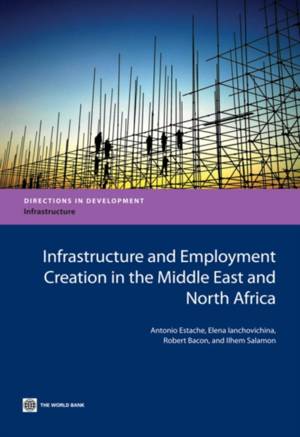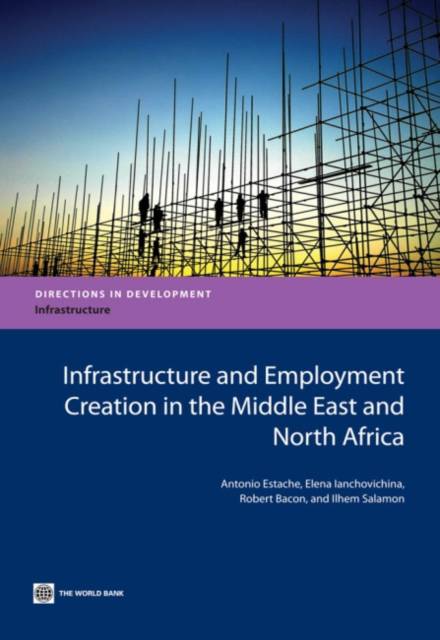
- Retrait gratuit dans votre magasin Club
- 7.000.000 titres dans notre catalogue
- Payer en toute sécurité
- Toujours un magasin près de chez vous
- Retrait gratuit dans votre magasin Club
- 7.000.0000 titres dans notre catalogue
- Payer en toute sécurité
- Toujours un magasin près de chez vous
Infrastructure and Employment Creation in the Middle East and North Africa
Antonio Estache, Elena Ianchovichina, Robert Bacon
44,45 €
+ 88 points
Description
This study assesses the potential for job creation through infrastructure investment in the Middle East and North Africa. The region has experience in making the most of infrastructure investments, but maintaining and spreading the momentum in infrastructure will be important to support future growth and job creation. To do so, policymakers will have to recognize that there are large differences in initial conditions across the region in terms of starting stock, needs, fiscal commitments, private sector participation and job creation potential.
Spécifications
Parties prenantes
- Auteur(s) :
- Editeur:
Contenu
- Nombre de pages :
- 112
- Langue:
- Anglais
- Collection :
Caractéristiques
- EAN:
- 9780821396650
- Date de parution :
- 21-01-13
- Format:
- Livre broché
- Format numérique:
- Trade paperback (VS)
- Dimensions :
- 152 mm x 229 mm
- Poids :
- 163 g

Les avis
Nous publions uniquement les avis qui respectent les conditions requises. Consultez nos conditions pour les avis.






